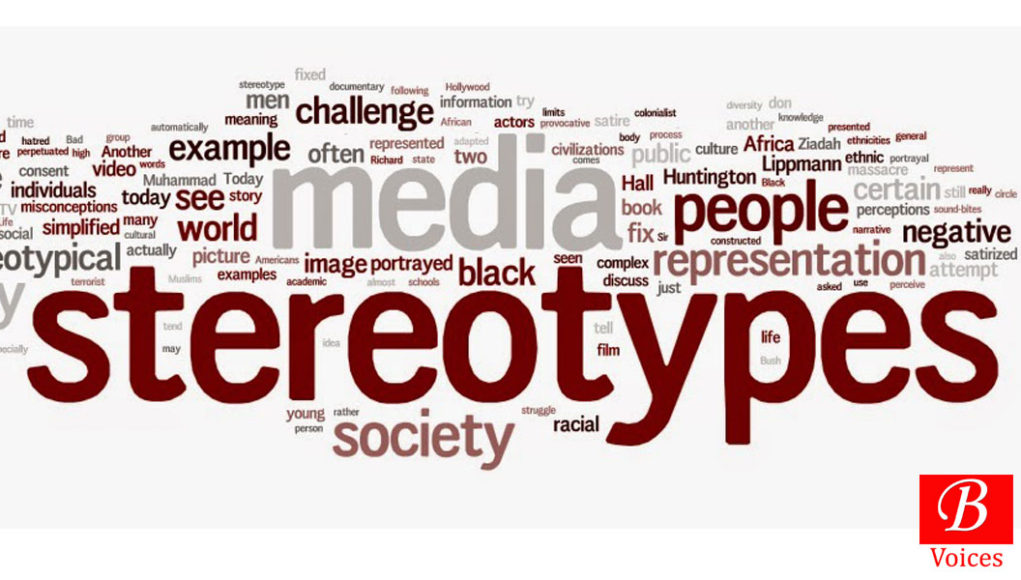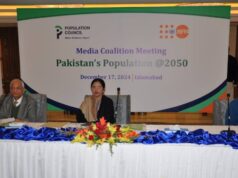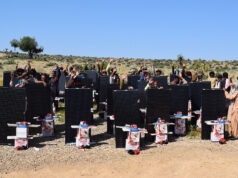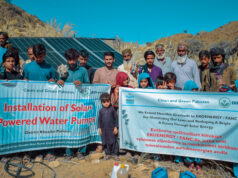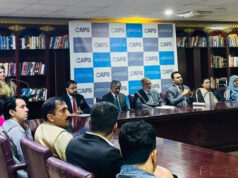 Ayaz Khan
Ayaz Khan
In the contemporary stereotyping world, Baloch and Balochistan stand stereotyped adversely. Four consecutive insurgent movements and ambivalent national politics, pro or anti state led by tribal chiefs often, seem to have consolidated a worse stereotyped portrayal of Baloch as uncivilized and contentious tribe and Balochistan a mythical inferno.
In the worst stereotyped world, being a Baloch, some fresh memories are stored in the archive of my brain. A flash back often takes me to some double barrel stereotyped behavior where there is no option left but shrugging my shoulders to escape.
During my university education I have faced a lot of questions fully based on stereotypes while reality standing miles away.
In first semester, one of my teachers left me embarrassed with a repeated satire on my general attire (shalwar kameez).
“Don’t wear this ‘Thursday and Friday attire’ (jumarat and jumay walay kapray) in the university.”
Following a satirical bombardment, finally I began to wear the civilized attire, formal pant shirt– the most civilized attire according to the teacher.
Similarly, during second semester, while an unusual introduction session began in class, I was left with a question fully unanswered.
“Jee” indicated my teacher towards me for my introduction.
“Jee mam, I am Ayaz Khan and I hail from Balochistan……….” I responded with a smile on my face.
“Oh! You are a Baloch those who are recalcitrant in nature and violent”, the teacher wondered.
“No, mam we have many fish to fry besides being disobedient and violent”, I answered embarrassingly.
Out of the university affairs, once again I found myself facing such a stereotype-laden question while I was on a visit to Urdu Bazar (Karachi).
After introducing myself to the shop keeper, I was waiting to get my book and leave. Before I left, the shop keeper introduced me to another person standing at the same shop.
“Oh! You are from Balochistan,” asked the person whom the shop keeper introduced me to.
“Yes, janab I am from Balochistan,” I replied politely.
“From which city?” He inquisitively asked.
“From Hub city janab. Just a few kms drive from here,” I answered.
“What! ‘City’. When has it become a city? It is a village where people are snatched and abducted. Right?” He asked.
“Hmm!” I shrugged my shoulders and left him on the winning side.
The elaboration of some general but entrenched stereotypes from the aforementioned conversation is clear that the national attire’s value has reduced to dust and become confined to part of funerals or is worn during Jumma prayers. And, the people and the Balochistan both are perceived to be a land of ogres.
The Baloch and Balochistan, to put both in a stereotyped slot, are, more or less, portrayed as uncivilized people living on an uncivilized land. The stereotypical portrayal of Baloch in a recent sociology text book of Punjab as uncivilized and trouble makers has left numerous questions about stereotyping culture unanswered.
In fact, what makes stereotypes strong is to have a passive approach about a particular class or community portrayed through stereotypes. Before joining university in Karachi, I was mostly admonished not to visit Karachi given the threat that violent hordes living there, and it was feared that I would probably be parceled to home in pieces if I visited Karachi. Following my admission in Karachi (after a field observation) I walk through the streets of the city of lights as fearlessly as a resident of it.
Disclaimer: Views expressed in this article are those of the author and Balochistan Voices not necessarily agrees with them.
Share your comments!


